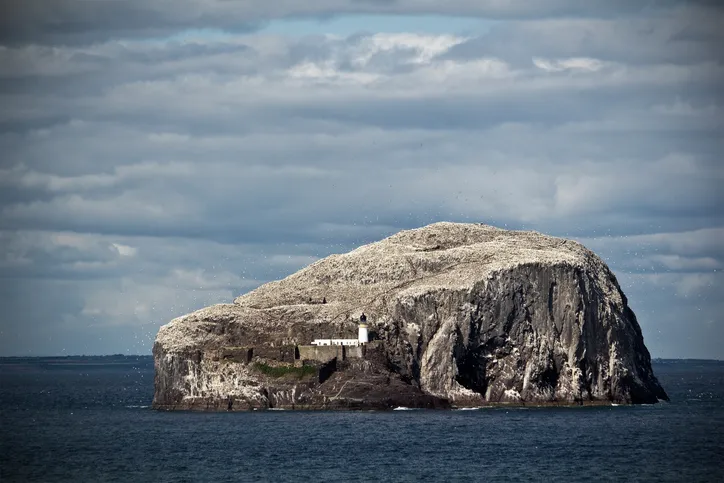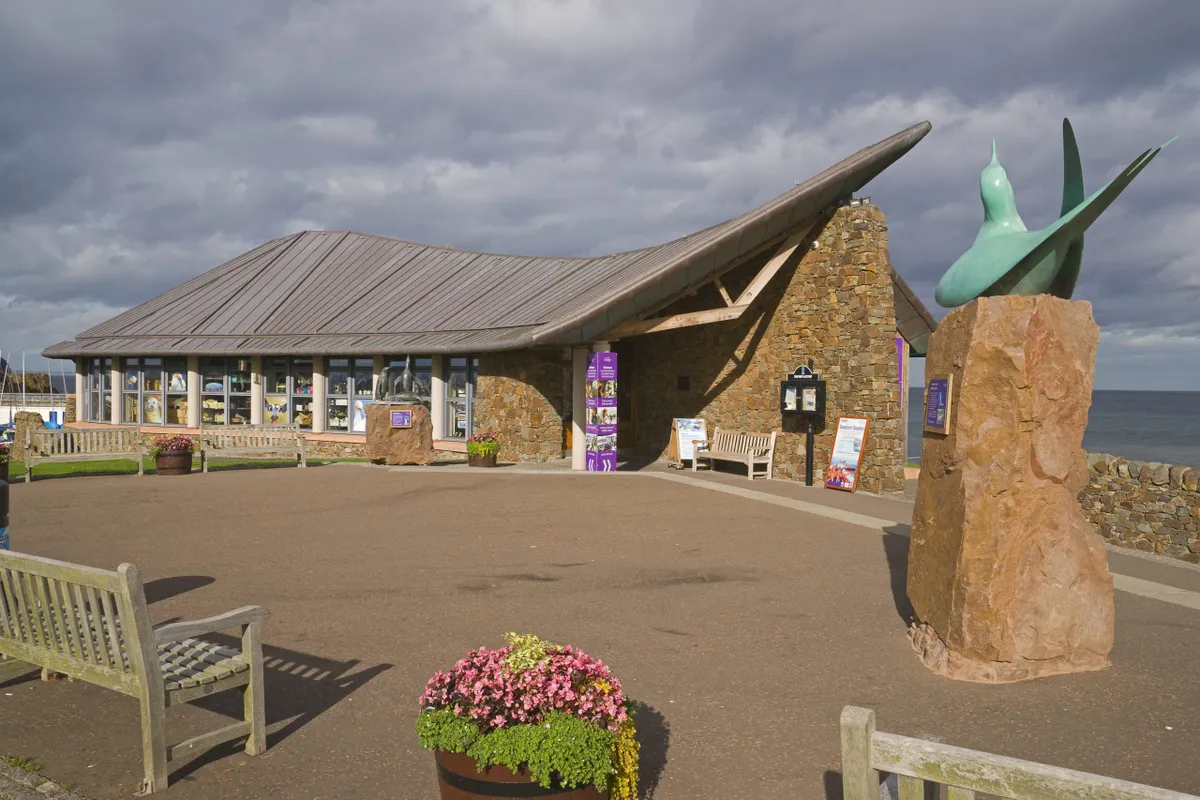It’s late January, and after months at sea the world’s largest northern gannet colony is starting to return to Bass Rock. So copious are the seabirds that they alter the island’s complexion completely, the rock bleached brilliant white by a cocktail of snowy feathers and intoxicating guano.
Scotland is home to around a third of Europe’s seabirds, with numbers in the Firth of Forth rising to more than 500,000 in spring and summer when the gannets are joined by puffins, kittiwakes, guillemots, razorbills, fulmars and shags.
It seems implausible, given their abundance, that seabirds in Scotland could be under threat. But like much of Britain’s marine life, they are; climate change, invasive non-native species, noise pollution and marine plastics are just some of the factors putting them at risk.

At the Scottish Seabird Centre in North Berwick these perils have long been recognised; the team is hoping, after 18 months of refurbishment, that its new and improved centre will engage and inspire even more people to appreciate, learn about and care for Scotland’s marine environment.
The redesigned café and gift shop opened in spring 2019 and, come December, the interactive live cameras on Bass Rock will be fully upgraded. There will also be a number of new ‘Discovery Experience’ educational exhibits, exploring the wonders of Scotland’s marine habitats and the challenges facing them.

“We look forward to welcoming visitors to the Centre,” says CEO Susan Davies. “We hope we will inspire them to embrace the societal changes needed to ensure our marine environment remains healthy and wildlife-rich for generations to come.”
The relaunch coincides with the start of Scotland’s Year of Coasts and Waters, a year-long celebration of Scotland’s coasts, seas and waterways. To find events and attractions near you, go to visitscotland.com/about/themed-years/coasts-waters
